The science behind climate extremes is fascinating and diverse.
Our experts love to share their work with the media, websites like The Conversation and here at climateextremes.org.au – here’s some of their latest articles.
Note: sometimes we also share work and articles from researchers and organisations not directly affiliated or funded by our Centre. We love to share interesting work done by others in our field. If you’d like to share or adapt our work, please get in touch – email clex@unsw.edu.au
-
BOM has declared a 70% chance of a 3rd consecutive La Niña year
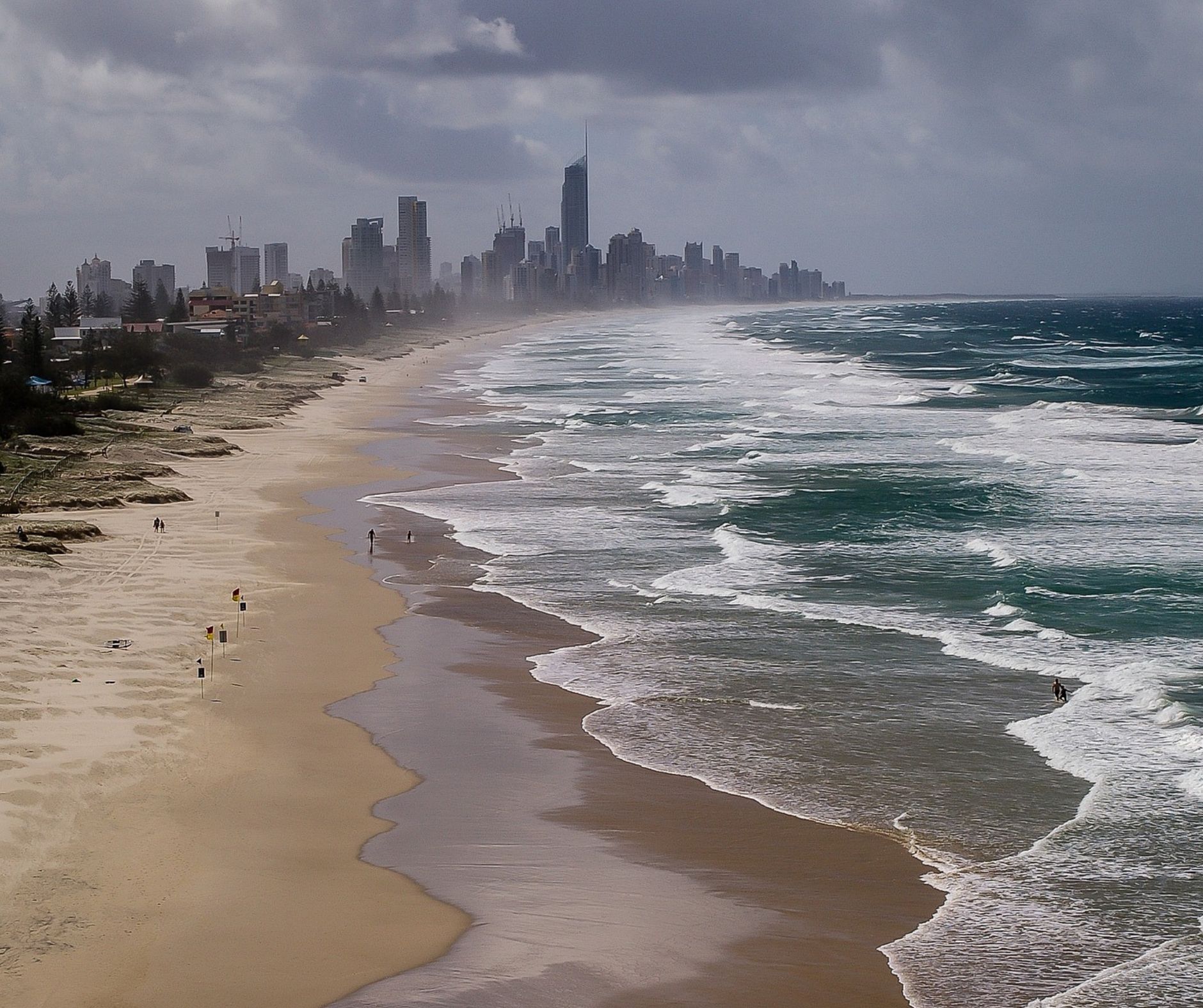
Despite the recent La Niña years, Prof Arblaster says the global temperatures in the 2020s have remained over 1°C warmer than the pre-industrial period, which indicates the “overwhelming influence of human influence on the climate and the urgent need to reduce emissions”.
-
Dr Navid Constantinou explains his work in climate science – surf’s up!
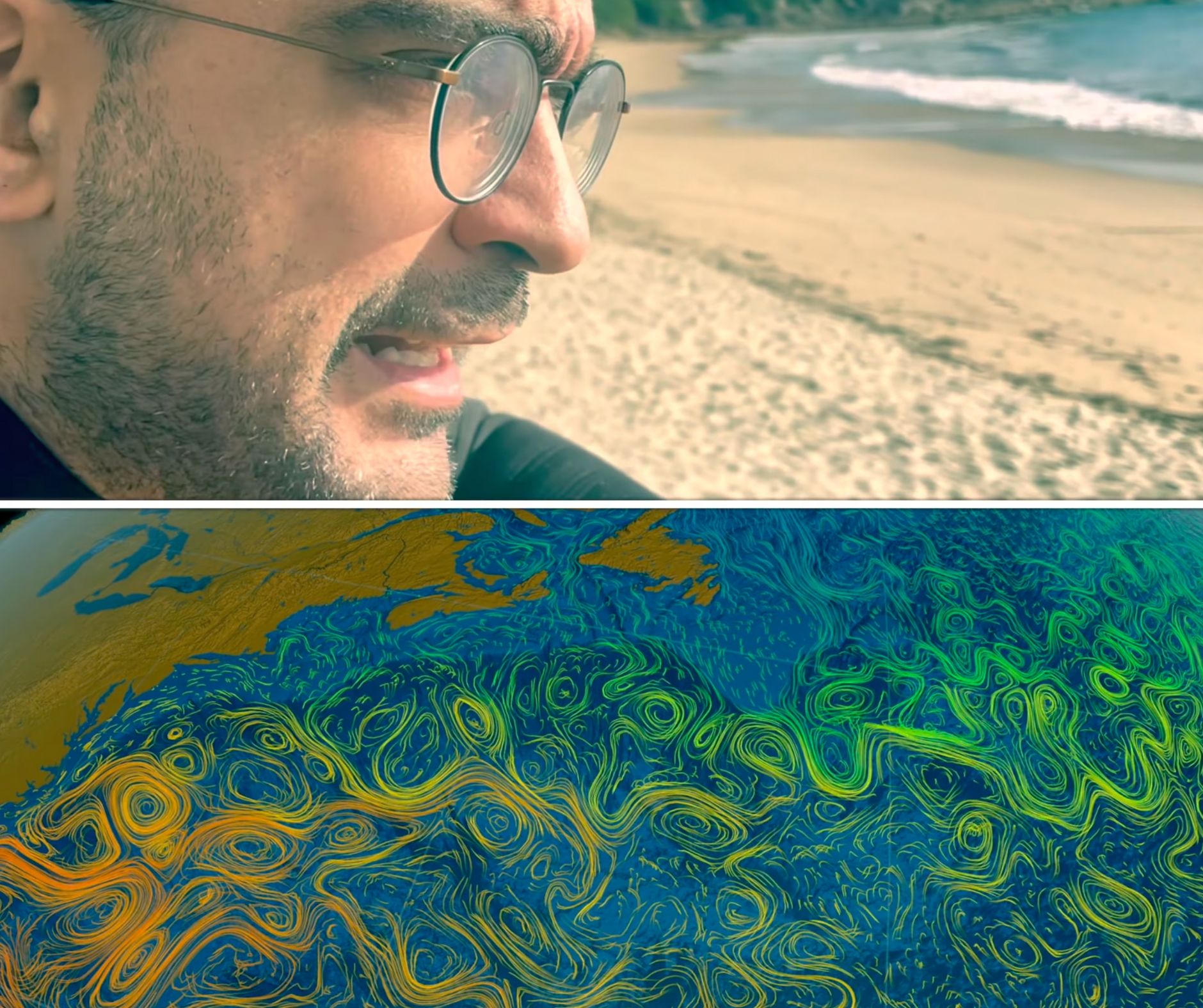
ARC Centre of Excellence for Climate Extremes associate investigator Dr Navid Constantinou explains his work as a physicist and geophysical fluid dynamicist.
-
High likelihood of a triple dip La Niña – Australian experts react
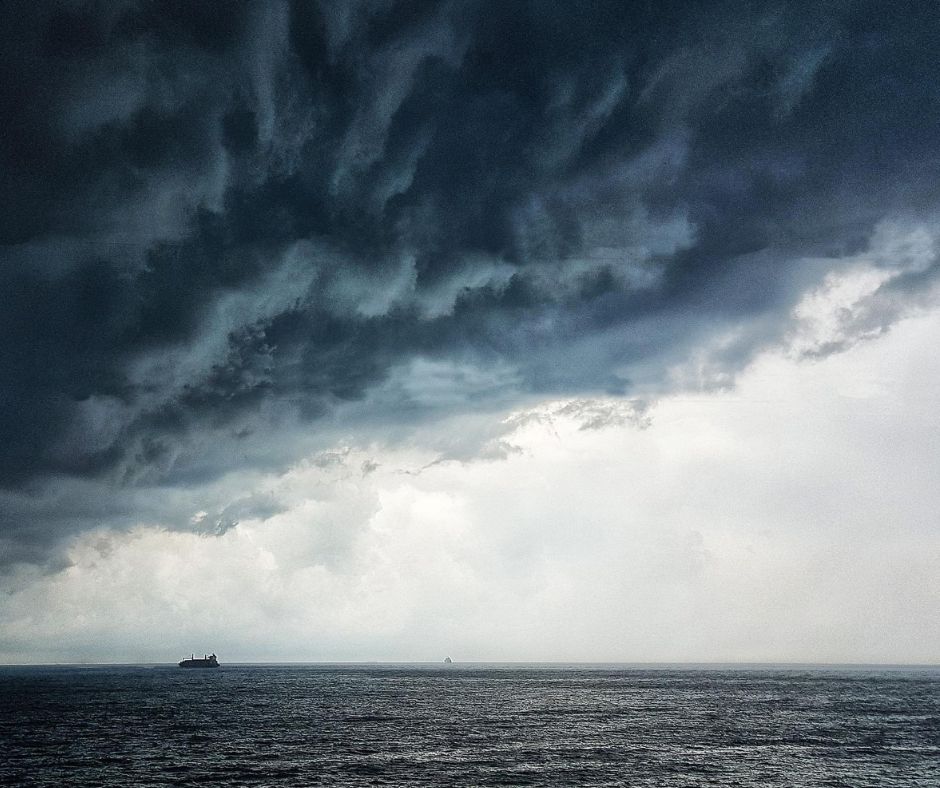
‘‘These triple events can be very impactful because you are not seeing the drying out of the soil and then more rain’’
-
For 110 years, climate change has been in the news. Are we finally ready to listen?
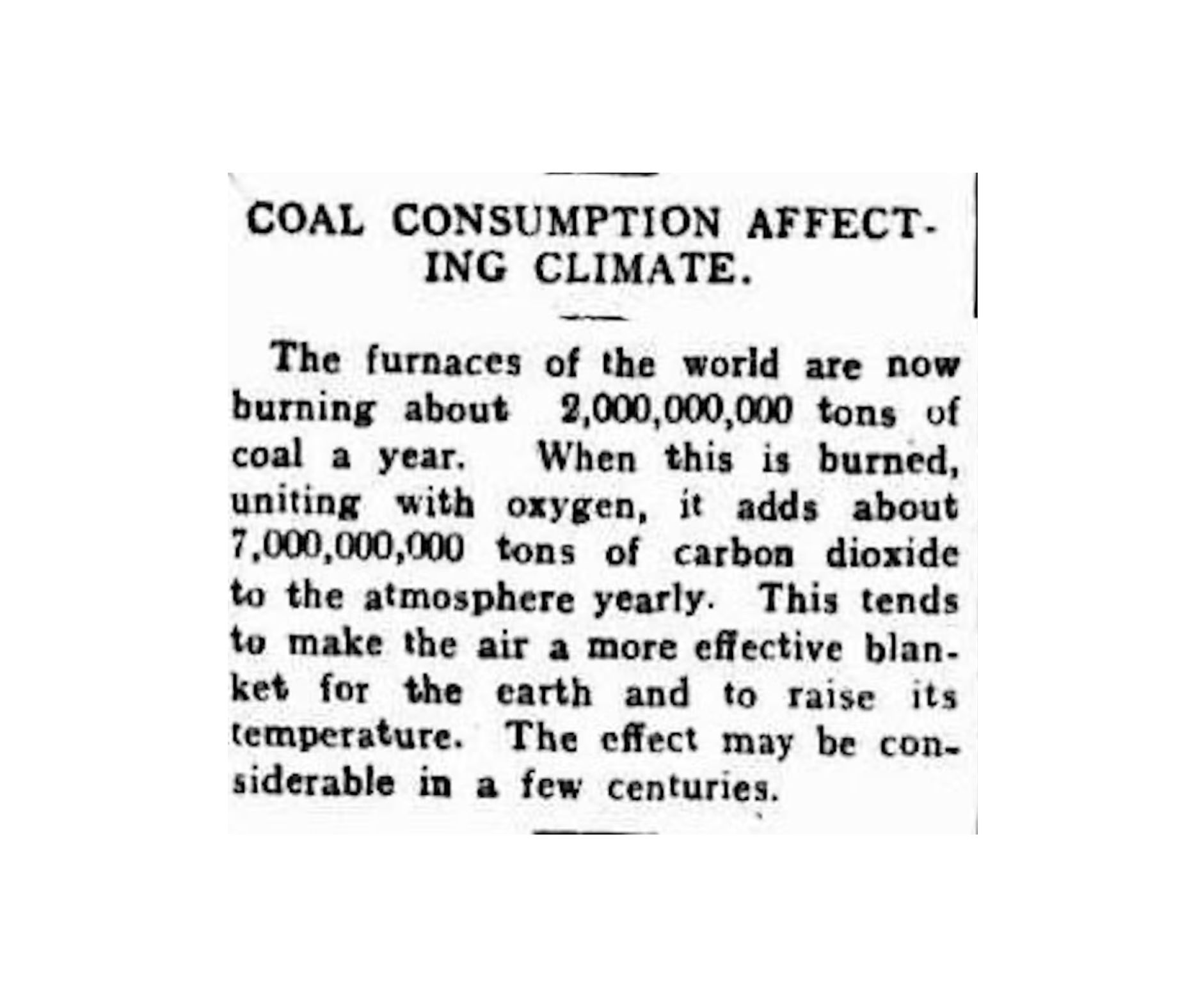
National and international climate policies are stronger than ever, and although there is still much more to be done, it finally seems that government, business and public sentiment are moving in the same direction.
-
Beyond net-zero: we should, if we can, cool the planet back to pre-industrial levels
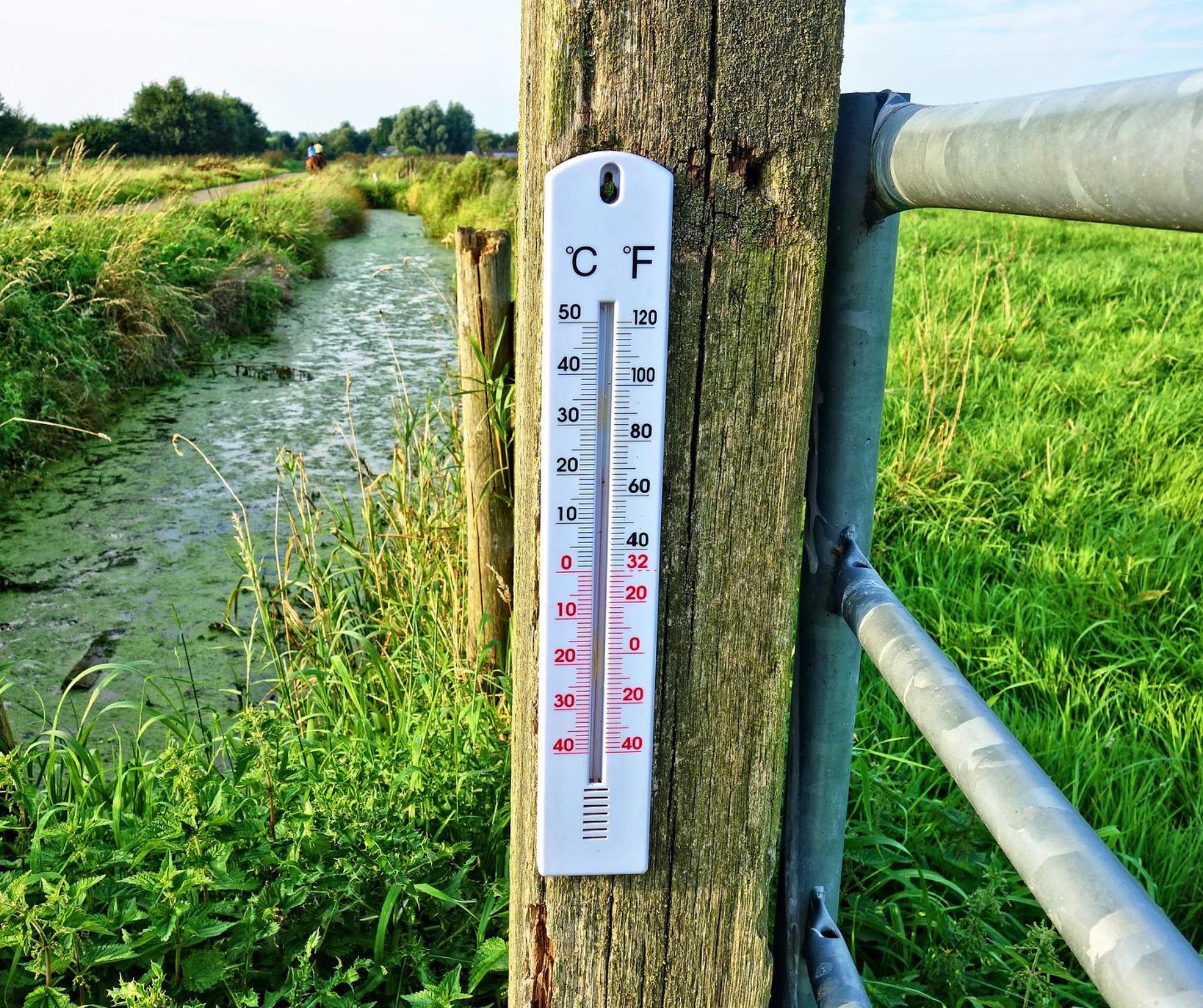
The more we can suppress global warming by reaching net-zero emissions as early as possible, the more we limit potential disastrous effects and the need to cool the planet in a post net-zero world.
-
A wet spring: what is a ‘negative Indian Ocean Dipole’ and why does it mean more rain for Australia’s east?
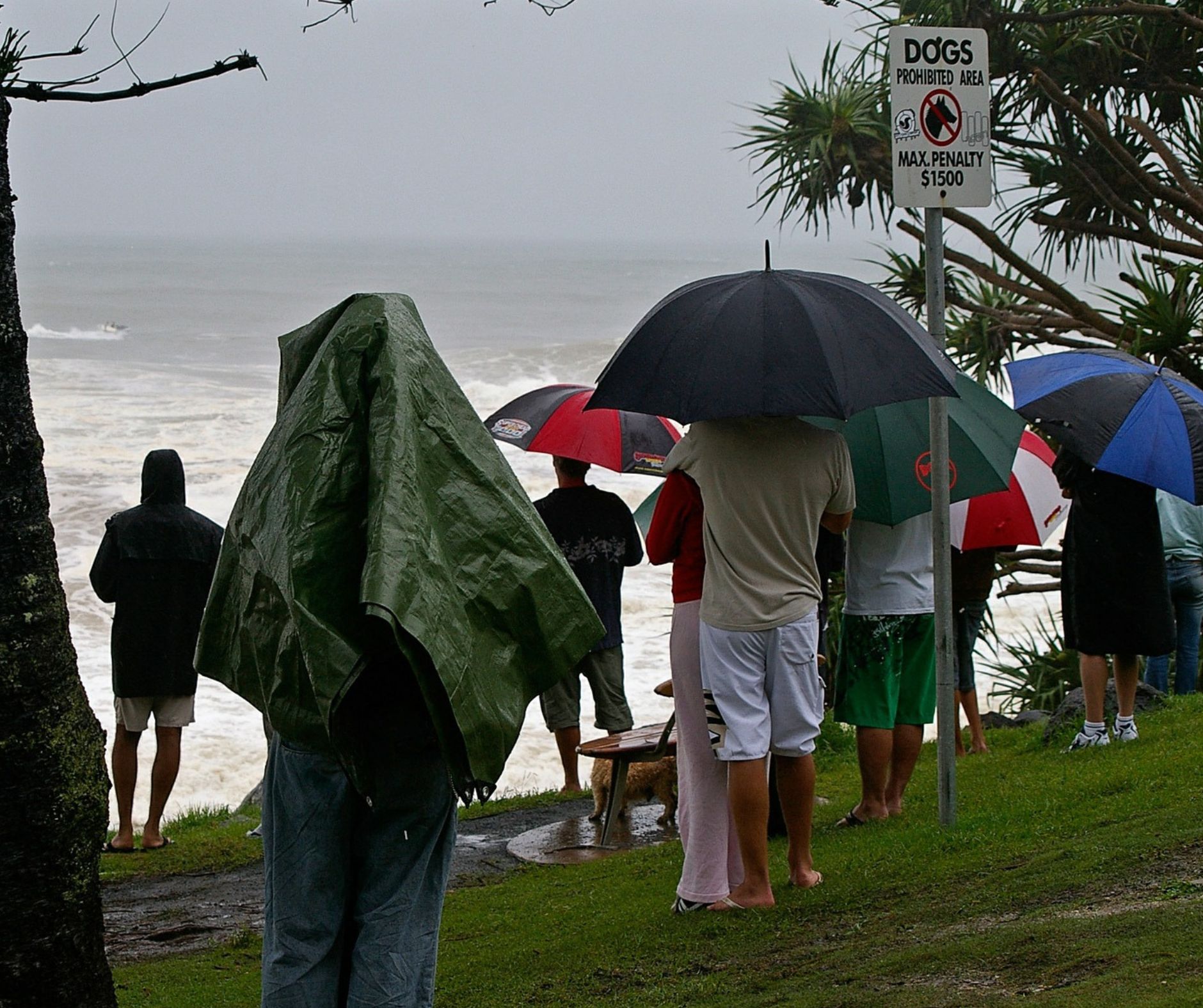
It is vital we build a better understanding of rainfall changes under global warming so we can plan better for our future climate.
